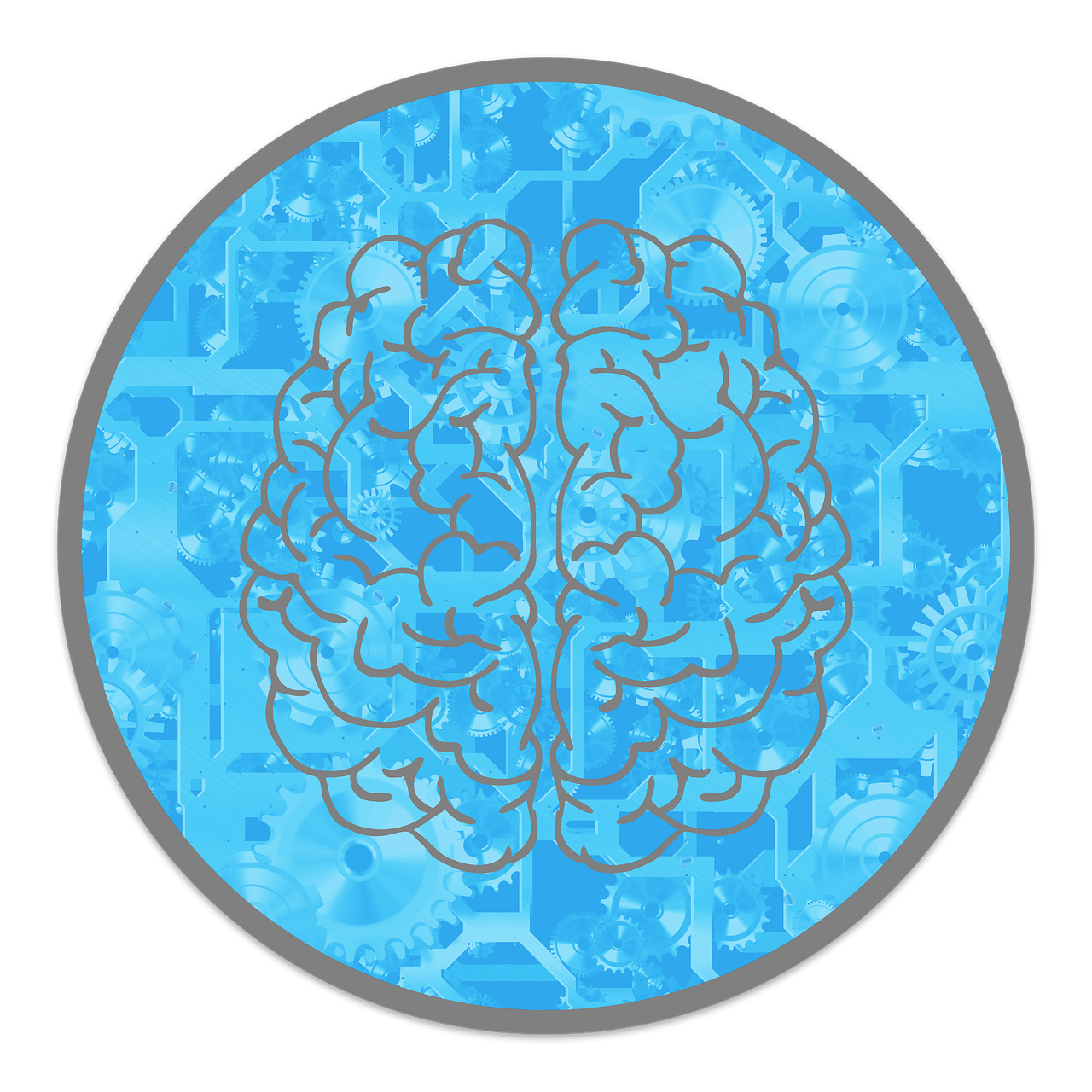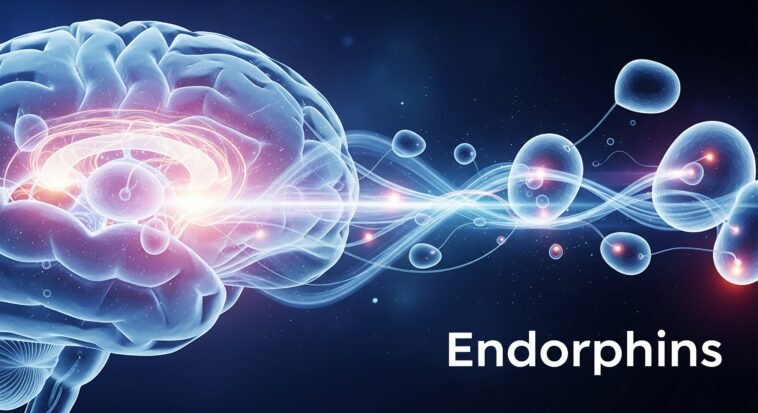
Ever seen someone take on a spicy food challenge and thought, Why would you do that to yourself?
Plot twist: they’re riding a wave of endorphins—your brain’s natural happy chemicals.
We usually link endorphins to workouts or laughing fits, but your body’s got some weird party tricks. Acupuncture? Yep.
Cold plunges? Brutal, but effective.
Spicy food? Basically edible adrenaline.
In this quick dive, we’re breaking down the wild, science-backed ways to hack your mood—no gym or green juice required.
Think of it as your cheat code to feeling good.
What Are Endorphins, and Why Do They Matter?
Think of endorphins as your brain’s built-in mood boosters—like nature’s version of a happy pill with zero side effects (unless smiling too much counts).
They’re made in your brain and spinal cord, and they work by latching onto opioid receptors—the same ones targeted by painkillers, but, you know, legal and DIY.
When endorphins kick in, they help you feel good, stress less, and tolerate pain better.
It’s like your body’s way of saying, “You got this.”
High levels of endorphins have been linked to:
- Lower anxiety and stress (bye, doomscrolling spiral)
- Better moods (hello, post-run glow)
- Higher pain tolerance (think tattoos or cold plunges)
- Even a stronger immune system (bonus!)
Yes, we all know exercise and laughter do the trick.
But what if I told you spicy ramen, needle pokes, or even icy dips could get you the same high? S
tick around—we’re diving into the weird, science-backed ways to boost your brain’s happy juice.
No running shoes required.

7 Weird Ways to Release Endorphins
1. Acupuncture
How it works
Acupuncture may sound like something out of a kung fu movie, but it’s legit—and surprisingly relaxing.
This ancient Chinese practice involves sticking ultra-thin needles into specific spots on your body.
Don’t worry, it’s not a horror movie scene.
These needles stimulate nerves, muscles, and connective tissues, kind of like hitting your body’s reset button.
The result? Better blood flow and a rush of natural painkillers—aka endorphins.
Why it works
Science backs it up: A 2014 review in Neurochemical Research found that acupuncture boosts β-endorphins in both your brain and body.
That’s the kind of endorphin that makes you feel chill, focused, and less “why-is-life-so-hard” on rough days.
No wonder it’s often used for chronic pain and mood disorders.
Pro tip
Thinking of trying it? Book a licensed acupuncturist—not just someone with a Pinterest board.
A session usually lasts 30–60 minutes, and while you might feel a tiny poke, most people leave feeling like they just got off a massage table at a wellness retreat.
2. Spicy food
How it works
Ever eaten something so spicy it made your ears ring, your eyes water, and yet—you weirdly loved it?
That’s capsaicin doing its thing.
It’s the compound in chili peppers that sets your mouth on fire.
Your brain freaks out (just a little) and sends in the endorphins to calm the chaos.
That post-heat bliss? It’s a chemical high.
Why it works
A study confirmed that spicy food really can boost endorphin levels, making you feel happy, even euphoric.
That’s why hot sauce lovers are always chasing the next heat level like it’s a new season of Stranger Things.
Pro Tip
Start small—sprinkle chili flakes on your pizza or add a few drops of hot sauce to your eggs.
If you’re feeling brave, try a spicy ramen challenge (just keep a glass of milk nearby).
Your taste buds might cry, but your brain will throw a tiny party.
3. Cold showers
How it works
Cold showers aren’t just for athletes or people in Scandinavian crime dramas.
When that icy water hits your skin, your body flips into survival mode.
Your heart races, your breath shortens, and your brain goes: What is happening?!
This shock activates your sympathetic nervous system (aka fight-or-flight mode), releasing endorphins and giving your mood a natural jolt.
Why it works
A 2008 article in Medical Hypotheses (Shevchuk, 2008) suggested that cold exposure can help with depression by boosting endorphins and noradrenaline—a combo that improves mood and mental resilience.
It’s like giving your nervous system a pep talk.
Pro tip
Ease into it. Start with your regular warm shower, then turn the water cold for the last 30–60 seconds.
Gradually build up to a couple of minutes.
It’s awful at first—but after a week, you might actually look forward to it. Maybe.

4. Dark chocolate
How it works
Good news for your sweet tooth—dark chocolate isn’t just a treat, it’s basically therapy in a wrapper.
It contains feel-good compounds like theobromine and phenylethylamine (try saying that with a mouthful of chocolate), which tell your brain to release endorphins.
Add in a little sugar and fat, and boom—you’ve hacked your reward system.
The science-y stuff
A 2013 study in Nutrients (Latif, 2013) backed this up: moderate amounts of dark chocolate can raise your endorphin levels and lower stress.
The darker the chocolate (70% cocoa or more), the better.
Sorry, milk chocolate lovers—this one’s for the grown-ups.
Pro tip
Stick to 1–2 squares per day. It’s a mood boost, not a buffet.
And if you need a visual excuse to eat it: dark chocolate is what Batman would eat if he wanted to smile more.
5. Sunlight
How it works
Ever noticed how everything feels better on a sunny day?
That’s not just your serotonin talking—sunlight triggers beta-endorphin release directly through your skin.
It also boosts vitamin D, which plays wingman to your mood regulation crew.
Why it works
A 2016 study in Environmental Health (Hoel & de Gruijl, 2016) found that sun exposure literally lights up your brain’s happy zones.
It’s the science behind why people smile more in L.A. and why seasonal affective disorder (SAD) is, well, a thing.
Pro tip
Aim for 15–20 minutes of sunlight a day—morning or late afternoon is ideal.
And yes, sunscreen is still your bestie. Sunburns are not part of the endorphin package.
6. Laughter yoga
How It Works
Laughter yoga is exactly what it sounds like: a mix of forced giggles and deep breathing.
Weird? Totally.
But effective? Absolutely.
Even fake laughter can trick your brain into releasing endorphins.
Basically, you’re hacking your own mood with the equivalent of a laugh track.
The research
A 2011 study in the International Journal of Geriatric Psychiatry (Beckman et al., 2011) found that laughter yoga significantly boosts endorphin levels and drops stress hormones.
Translation: laugh now, worry later.
Pro tip
Find a laughter yoga group or try a session online—yes, even if it feels awkward at first.
You’ll laugh, feel lighter, and probably meet some delightfully weird people in the process.
Think of it like The Office meets meditation.

7. Singing and dancing
How it works
Singing in the shower or dancing like no one’s watching isn’t just fun—it’s a neurochemical jam session.
These activities activate multiple parts of your brain linked to joy, reward, and bonding.
And when you do it with others—karaoke, dance class, Beyoncé-themed spin class—you get an even bigger endorphin rush.
The science
A 2016 study in Evolution and Human Behavior (Dunbar et al., 2016) found that group singing and dancing not only raise endorphin levels but also increase pain tolerance (no joke!).
It’s your body’s way of saying, “This is fun. Keep going.”
Pro tip
Join a choir, a Zumba class, or just blast your favorite playlist and dance around the living room like you’re in a music video.
You don’t need talent—just rhythm and vibes. Bonus: it’s also cardio.
Conclusion: Get Weird, Feel Awesome
Endorphins are your brain’s natural happy pills—no prescription, no side effects.
Sure, exercise and laughter work, but don’t ignore the fun, weird stuff: acupuncture, spicy food, cold showers, dark chocolate, sunlight, laughter yoga, even dancing like it’s 1999.
They’re not just feel-good hacks—they’re science-approved mood boosts.
So next time you’re feeling blah, skip the scroll and try something strange (but effective).
Get weird. Feel good. Your brain’s into it.



